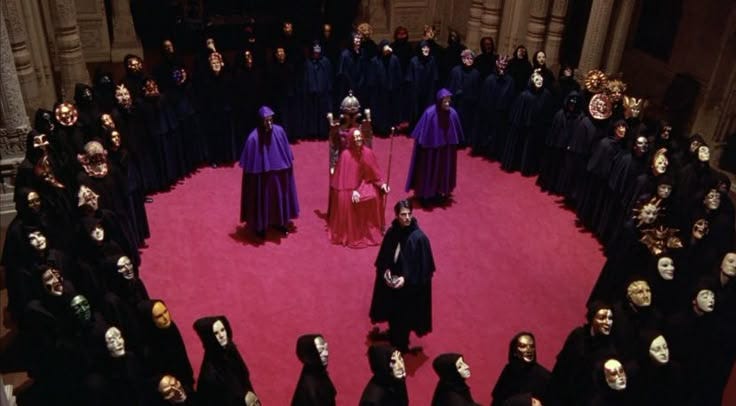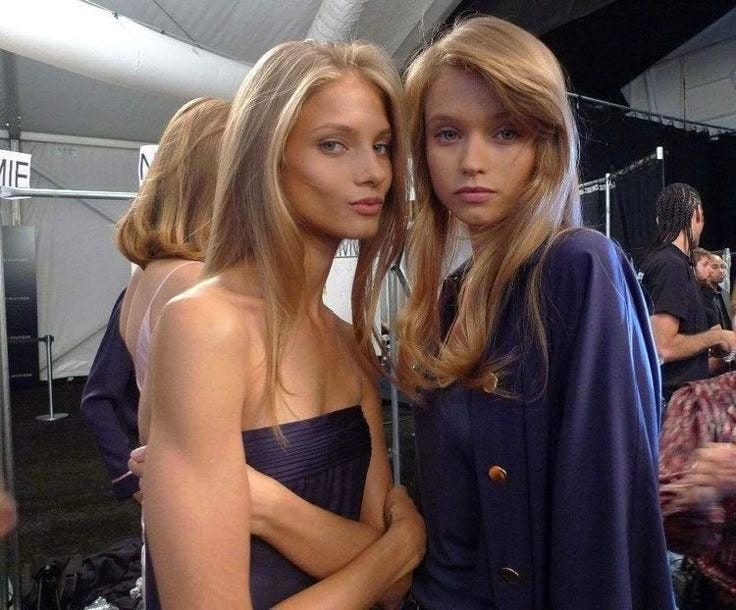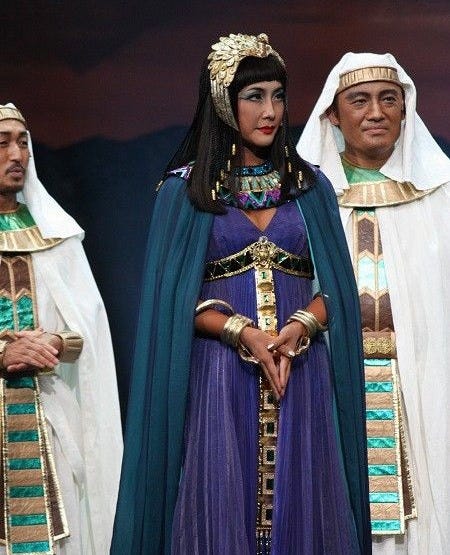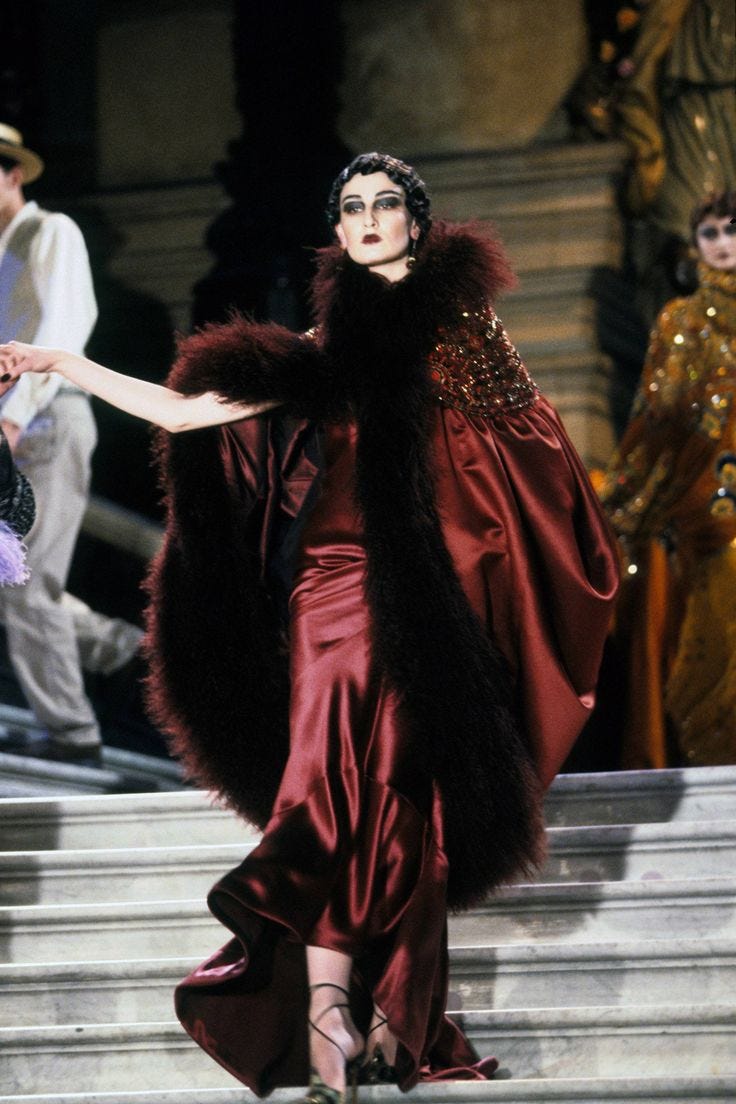So then, did swiping your card get you that all access pass to that illusive ‘inner circle’? Do you rub shoulders with societies’ elite, finding yourself invited to private dinner parties where you exchange hidden secrets of the world after which they hand you a golden key? Do you walk around in different shades of beige exhibiting a kind of understated elegance that could only speak to the kind of ‘timeless’ wealth seen not on celebrities, but on the families that run the world - ‘old money’, which, by the way isn’t the kind of wealth that is aspirational at all. Let me start off by saying ‘old money’ is a kind of euphemism for the kind of money that for the most part had been accumulated through those practices deemed inhumane now. The slavery, segregation, exploitation and climate destruction is where old money was made; blood trickling down to younger and progressively poorer generations fortunate enough to have well-known last names. It’s any wonder why we are (and when I say you I don’t mean me), try to emulate the aesthetic at all, with full knowledge of what old money represents. But then exclusivity, even exclusivity marked with a dark past will always be profitable, easy to sell to those barred from it, and the ‘old money’ aesthetic is no exception.
Fashion brands, which in many ways facilitate the curation of ‘aesthetics’, have quickly followed suit. Even PLT, known by young British girls everywhere as the ‘cheap and cheerful’ option for the weekend outing, constituting nothing more than the thin, skatty clothing we’ve come to love has decided to rebrand.
These days they’re sporting a more minimalist, supposed "quiet luxury" style. The iconic pink, winged unicorn mascot that we were so used to seeing on our screens is now nothing more than a simple beige line drawing, reflecting their dull transformation. The clothing now features ‘understated’ pieces like waistcoats, suit jackets, and long-sleeved maxi dresses, (office core), attempting to tap into the quiet luxury trend, which to us values classic, subtle fashion. But of course the change is mostly superficial, as PLT maintains it’s cheap, unsustainable practices, including a 99% off sale and poor working conditions in factories, whilst hiking up prices.
Still, many brands have been known to switch up and eventually die, having alienated their customers, Pretty Little Thing will be far from the first. The part of this people are more interested in speaks to a wider conversation about how fashion trends are serving as an indicator of conservatism; that it’s on the rise, or more accurately that it’s been here a while.
The brands shift towards modesty serves as a huge indicator of the adherence to conservatism, where right-wing ideologists have been complaining for years about the decline of feminine sanctity and reservation that can be preserved if only we would just cover up. There is a religious element to this too, where conservatism in the west is almost inextricably linked to evangelical christian values, where women are to be hidden, lest they tempt men with their ever-so-sexy and irresistible…
knee caps.
Another sure sign of conservatism is the narrowing of the parameters of what it means to be feminine. As such, the site has removed with haste, most of the women of colour and plus sized women from their site. Acknowledging a wider community as being representative of your brand goes against those exclusionary values central to the ‘old money’ aesthetic, which is nothing if not conservative.
But beyond the critique circulating thus far, I’m more interested in the ways in which this kind of a rebrand speaks to the conservative rise outside of aesthetics.
Even if there were some kind of a ‘secret formula’ to emulating the super rich, the beige-ification of clothing ensures you’ve failed before even adding those items to your basket. Primarily, the idea that beige signifies wealths speaks more to colour psychology than actual proof that beige is reminiscent of wealth. According to psychologists, beige reminds us of security, reliability and elegance, which whilst being associated with having a lot of money, says nothing about the habits of the wealthy throughout history.
In ancient Rome, the colour purple was reserved for emperors and high-ranking officials due to the rarity and expense of the purple dye. Made from the secretion of sea snails, a scarce substance, the colour became synonymous with imperial power and wealth.
For ancient Egyptians, the pharaohs and nobility wore garments dyed in rich, vibrant colours like blue, gold, and purple, whilst also importing dyes like indigo, using them in elaborate, colourful textiles to signify their elevated social position.
Even in more recent era’s, those which quiet luxury trends now aim to emulate, bland clothing was hardly an indicator of wealth.
In the early 20th century, after World War I, the ability to wear clothing made from luxurious fabrics like silk and wool in vibrant colours like red, blue, and green spoke to a certain level of ‘wealth’ and ‘refinement’. By contrast, people with less money often wore simpler, more utilitarian clothing in duller tones, reminding me of the work appropriate, necessarily modest and regurgitated clothes we’re seeing now .
In the 1920’s, the wealthy, those ‘flappers’ and high society, wore colourful, luxurious garments as a symbol of prosperity and modernity. Here, designers like Coco Chanel and Jean Patou made their mark, popularising styles that featured bold colours and patterns.
“There was a practical element to the lack of colour pre-1920, because colourful clothes got dirtier quicker,”says Deirdre Clemente, historian and professor of history for The Telegraph.“On the one hand, the ability to wear colour was seen as a sign of wealth, as royals and elites who didn’t have to worry about getting dirty could dress as brightly as they pleased”.
It’s far simpler for brands to produce tasteless, samey collections, whilst convincing you it’ll help manifest the life of your dreams, instead of purchasing good quality, vibrant materials that actually look good and last long. What lasts is the unending hope that you’re gaining access to an entirely separate branch of society, whilst you stand there in… beige, a sea of beige, where you don’t stand out as being particularly captivating or evoking any kind of allure, but instead simply fade into the background.
But more importantly, wealthy people dress how they want, because they’re not trying to belong. So when brands push out monochromatic, beige coloured clothing, their customer base could only ever represent the antithesis of wealth and leadership; being influenced instead of influencing anything. Unlike the majority, wealthy people have enough money to buy whatever they want and mess around with different colours, styles, silhouettes without feeling the impact of wasted expense. Where there is no real ‘old money’ aesthetic, the only way you’ll see yourself integrated into the era’s in which it supposedly imitates, is not as the emperor, decorated in extravagant silks, head to toe in custom made finery, but as the ‘pauper’, in word-down clothing, made cheap with cheaper materials and little thought or expression. As such, the PLT rebrand amongst others is not so much an indicator of conservatism as much as it represents it. It will inevitably reinforce the visual differences between classes, where we are one of many, looking the same and confined by our commitment to aestheticism whilst they’re the few, free from these constraints.
So what if you can’t gain that all access pass to that illusive ‘inner circle’? If you can’t replicate ‘old money’, you can at the very least, set yourself free. Ironically, with this freedom you’ll be closer to feeling like they do than before, and freedom is certainly better isn’t it?
Asisa









This is really good! Ties into my poem that I wrote about similar to what you’ve said! 👏🏾👏🏾👏🏾
oooooh this was good !!